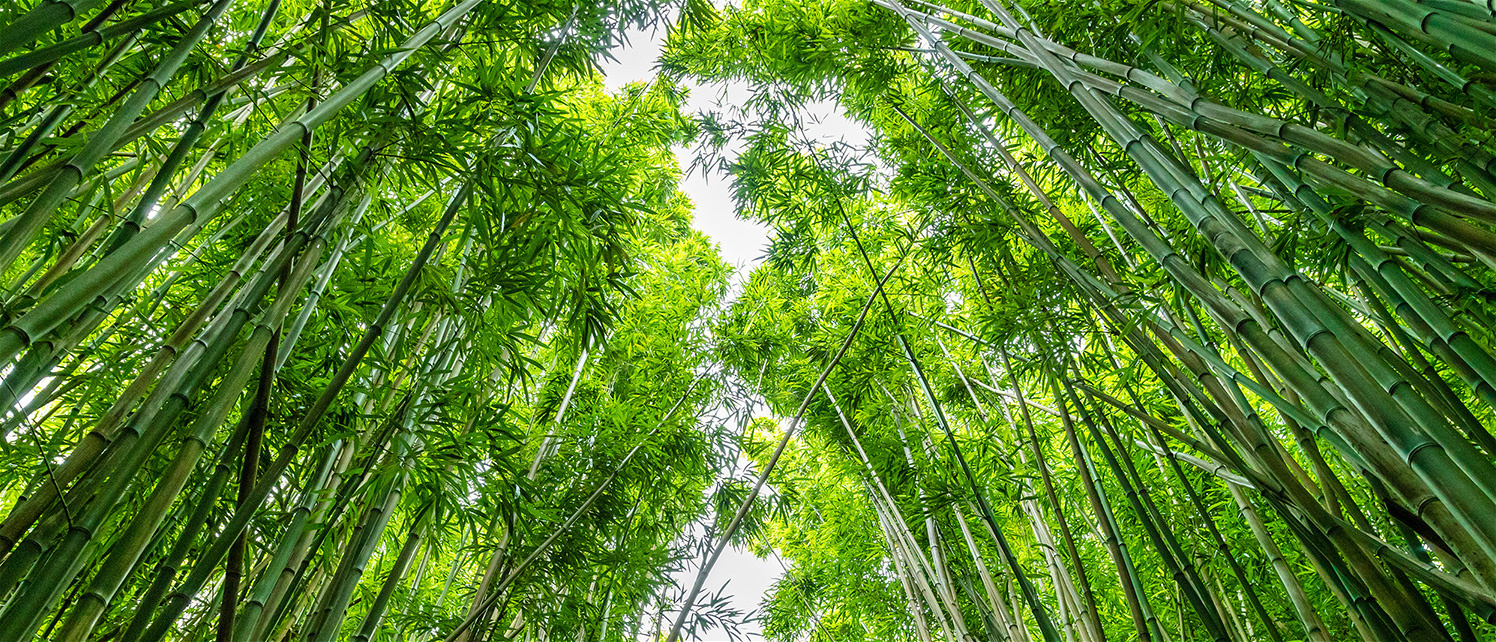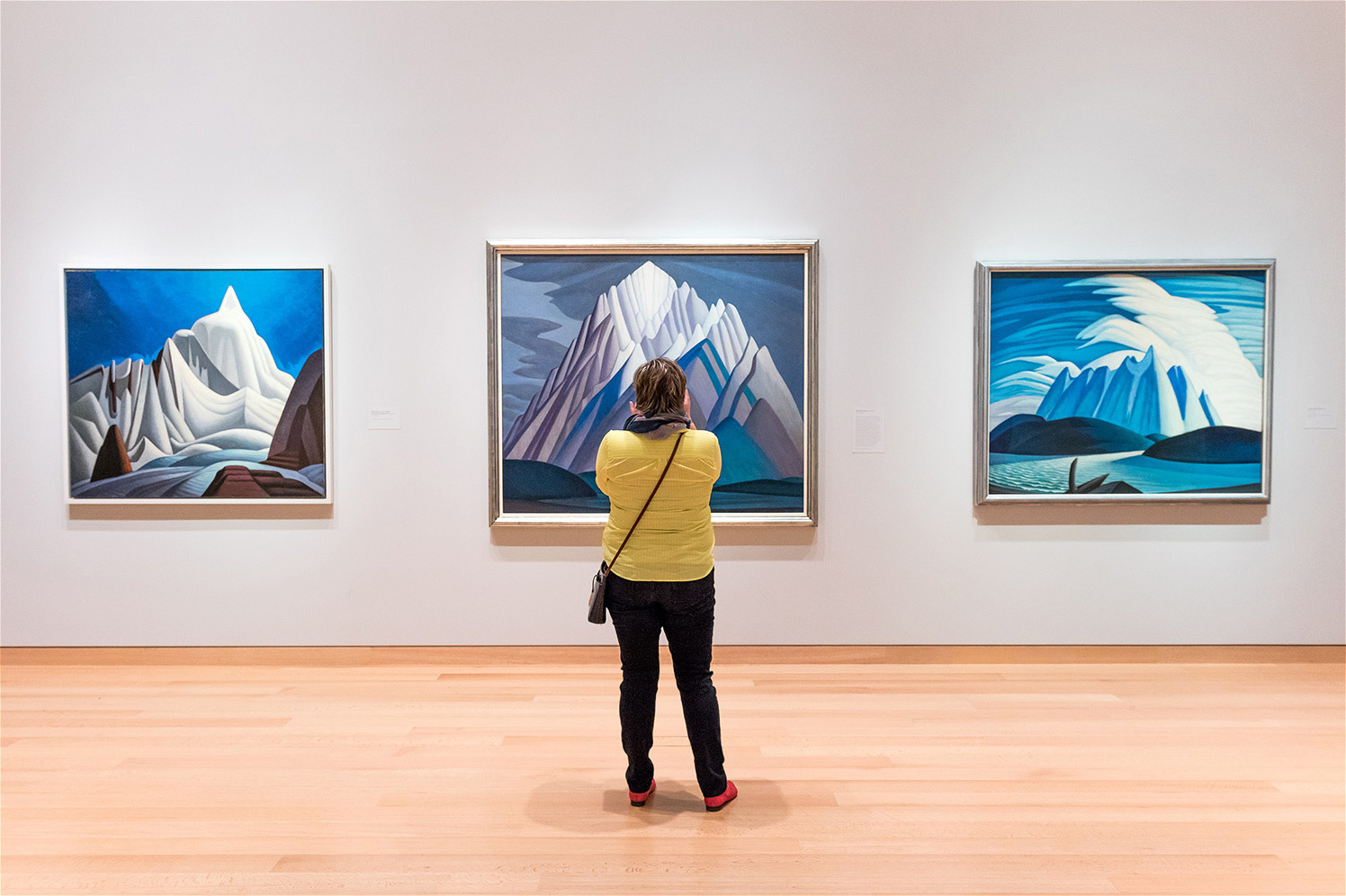Traveling to create new photography can get expensive fast, but whether it's for personal work, stock, or your portfolio, it is often a necessary part of advancing your work. There are lots of ways to monetize these images and tricks to shoulder the upfront costs involved in creating them. This is the approach and tips I use to get the most out of my travel photography.
I've traveled all over the world and throughout the U.S. on assignment. I take vacations with family and friends. I travel for weddings, graduations, and other personal events. I teach, give lectures, attend workshops and conventions. In all cases, I bring my camera and plan extra opportunities to take photographs. Though I don't have official shooting assignments when I travel to most of these places, I don't let that prevent me from getting some new amazing photos from that location while I'm there.

A perfect example of this is Hawaii. As a surfer and an avid outdoor adventurer, it was one of my top three places to visit. When an assignment fell apart due to weather and scheduling, I was able to take a spontaneous vacation with a bunch of friends to Maui. Even though it was a great vacation with good people on a beautiful island. I made sure to put extra time and planning beforehand so I could get some great photography. This is my approach to all my travel.
Why Do I Do This?
There are three major reasons I've adopted this technique. First, it allows me to always have new and fresh content from a variety of environments, cultures, and interests that I don't have access to locally. This is important because it allows me to broaden my overall market appeal, reach a more diverse clientele, and market to new niches I might not be getting assignments from but would like to be.
Second, this increase in quality images not specifically for client use is usually immediately available for uploading to my Adobe Stock portfolio, Instagram, or even my portfolio website. These are important passive tools I use to promote and bring in new jobs and income while I’m out on assignments. A sizable percentage of my new jobs come from potential clients finding my existing work from one of these three outlets, especially my stock portfolio. My stock portfolio is not just a source of direct income in licensing sales but another outlet for potential clients to find my work. Several of my current editorial clients approached me after licensing a particular image and inquired about shooting more similar content for their specific needs. I have even worked with individual graphic designers who after licensing several images from a set contacted me to produce a version that met their client's needs.
In a previous article, I wrote about how I increase my stock portfolio through client work and assignments. However, while this is a great way to build up your stock portfolio, these jobs and images have varying lengths of exclusivity or even restrictions on usage. I often have to wait months to years before I can add them to my stock portfolio or even share them on social media. This is avoided completely when shooting for myself while traveling.

The last reason is that this approach has helped me to reduce the upfront overhead costs and time invested in producing imagery that otherwise might not bring in money right away. Producing content for your portfolio, personal projects, and even Instagram can take a lot of time and money. Taking advantage of trips where travel expenses are already accounted for, or at least supplemented by existing reasons for traveling, helps lower these costs substantially.
Additionally, I save time on postproduction by utilizing images I plan to edit for Instagram and other social media for my stock portfolio. In the time it takes me to edit one great image for Instagram or my website, I can also edit two or three more from the same set to submit as stock. Using Adobe Stock makes this even easier as I can upload my submissions directly from within Lightroom, Bridge, or even Premiere.
Every image I shoot has important metadata added like location, captions, and keywords as part of my workflow regardless of its usage. During the submission process, Adobe improves upon my metadata even further using Adobe Sensei, which scans each image comparing it against the vast database to add in relevant keywords and categories. Incorporating all this into my existing workflow reduces my time and effort.
So How Do I Get the Most out of Every Trip I Take?
Plan Plan Plan
I do plenty of research beforehand. How much extra time will I have? What type of transportation is there or will I have? What’s of interest in the area? Sometimes I try to extend a trip a few days so I can plan more involved photoshoots. Am I traveling with people? What are they interested in that I can turn into lifestyle images using them as models? Basically, I apply everything I've learned and done for potential client assignments to traveling to some degree or another. I’ll reach out to modeling agencies for potential collaborations. Contact athletes that might be in the area that I've been wanting to work with. Whatever your interests or process is, the important thing is to do a little planning before to increase the likelihood of success later.

Tell a Story
A lot of my editorial work involves pitching ideas and assignments. Sometimes these pitches lead to paid work shooting that idea. Other times I shoot the idea on spec and shop it around afterward. To reduce the cost of doing spec work I will almost always add the images to my stock portfolio and whenever possible combine that potential idea with a trip I’m taking for another purpose.
This is exactly what I did back in April on a trip to Las Vegas. I was already booked to fly out to Las Vegas to attend and teach a workshop for WPPI. Instead of flying in for a day or two and then leaving, I decided to add a couple extra days to the trip and shoot in the desert. I began researching and planning it out which developed into an idea. I then created a story I wanted to tell that tied together the type of work I wanted to shoot. This became “Breathtaking Adventures 20 Minutes Outside the Las Vegas Strip.”
With an idea and story in mind, I put together my pitch and started reaching out to contacts. I reached out to tourism boards, outdoor clubs and athletes. Anyone who I thought might be interested or could give me access. I pitched it to local potential clients to help cover costs. I bartered for access, information, and even models and athletes.
By doing all this and combining my WPPI trip I covered almost all my costs, justified the extra time spent in Nevada, and created a bunch of new content I could use for Instagram, my portfolio, and submitting for stock. If it turned out that I was unable to sell the pitch to any magazines, I still walked away with plenty of value.

Shoot Establishing Shots
I've flown into many cities in the morning, shot all day, and flown out the next morning for another assignment. This doesn't leave much time for personal work but I will always try to get somewhere interesting to photograph the skyline at dusk. With a little of that planning I mentioned earlier, I can easily get to and shoot a skyline in one or two hours. Establishing shots like viewpoints, cityscapes, or other popular locations are always high in demand as stock photography and can often result in repeat clients who might need multiple locations. In a previous article I wrote in more detail about how I take skylines everywhere I go and the effect it's had on my career.

Include Travel Companions
Whether traveling with family, friends, or co-workers, everyone is fair game as willing models and extras. When I first started photography as an assistant while traveling on assignment, inevitably the crew would end up at some popular local restaurant. This would always lead to me standing at a bar chatting with the bartender or laughing at the table to nothing. All so the lead photographer could snap off a few stock shots. You might have to dig a little but there are several images of me in Lonely Planet guidebooks for all over the U.S. Now I do this with my assistants. If I go on a weekend climbing trip or hike, I ask my friends to model. I've even used my mother as a prop for a shot while at a family reunion. Sometimes I blur out the people or use them as a prop rather than a model. Maybe only a part of them is in the shot or they are facing away from me. There are lots of ways to utilize the people with you without them having to actually model.
Photograph Locals and Their Culture
Taking the extra time to explore and get to know locals can be one of the most personally rewarding parts of traveling abroad. Getting great photos with model releases though can be a difficult thing for a lot of photographers. When shooting for your portfolio or Instagram account, having model and property releases usually doesn't matter, but the point of this approach is to reduce cost and time by maximizing usage of your images. So submitting all of these new images to Adobe Stock means having those releases. The way I accomplish this when traveling abroad is to first reach out to the type of places and people I want to photograph. I start by doing this before I’m in the country and I continue once there with face to face contacts. This also helps to get me access to the different and sometimes difficult types of places I want to shoot in. Putting this extra effort in often results in a unique and somewhat less captured set of images to use for stock.
Conclusion
Using all the methods above I have managed to increase my potential profit and portfolio of images over the years while also reducing my personal time and cost. This technique adapts my existing workflow to make additional postproduction less of an issue. Takes advantage of the modern software advances by Adobe Stock to speed up submissions and metadata. While piggybacking on travel and trips I have already budgeted for in most cases.










Lots of very useful info . Great article!!!
Great article mike! It was a fun and productive trip!
Interesting article ! As a traveler to countries around the Himalayas I am looking at ways to monetise my work rather than just fine art sales and this article gave me some tips. Cheers ! Kevin
Great article, thanks! I'm headed to Lightroom right now to repurpose some of my old travel adventures to use them for my photography marketing right now...thanks for the tips.